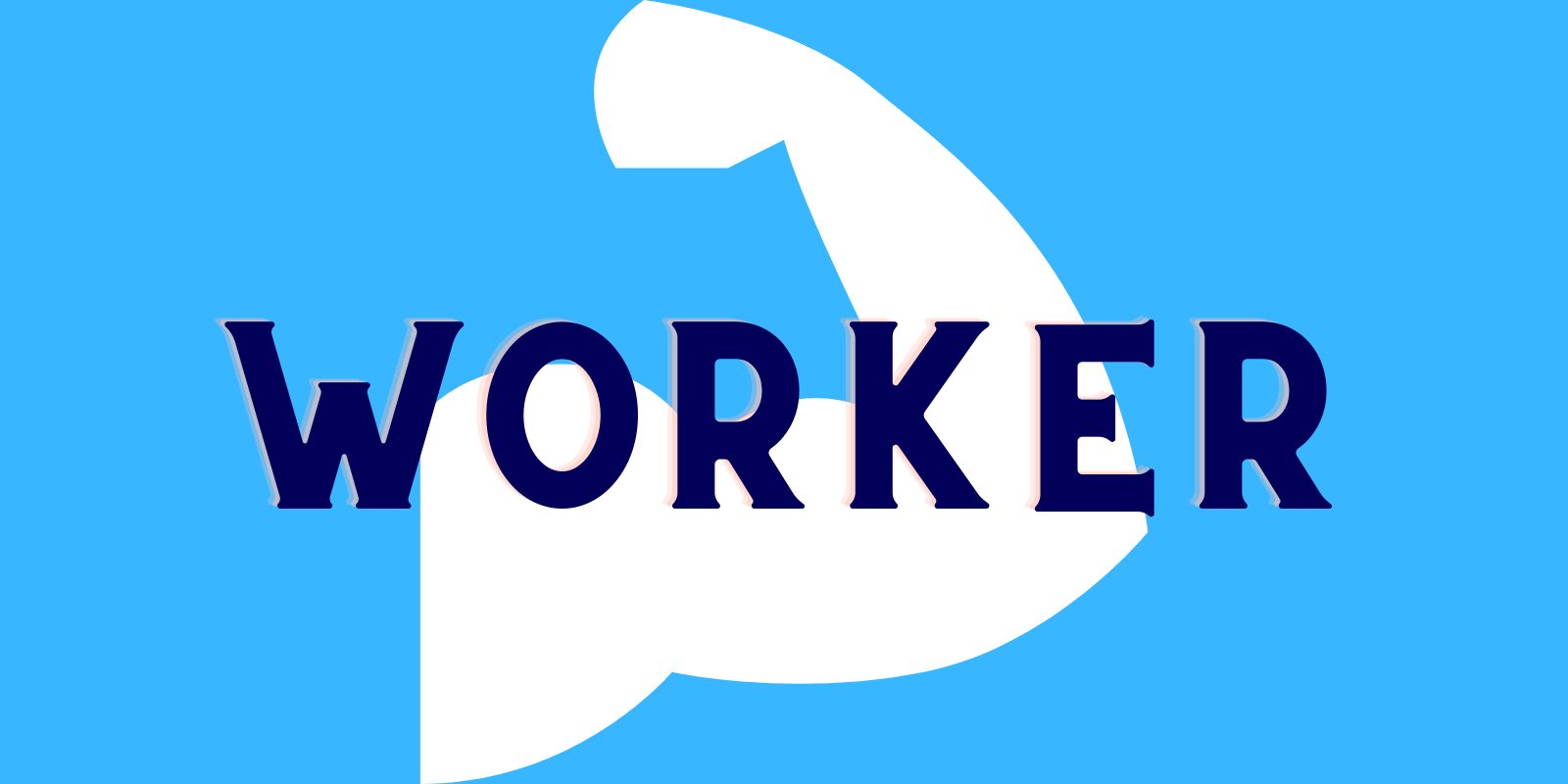Learn to build a reusable Gravatar Connection class for web, desktop and iOS apps using the Gravatar API.
Comments closedCategory: Desktop
mac windows and linux
It’s helpful and common these days to add a “Recent Items” menu that tracks the last opened files or other recent searches among other things. This blog post will teach you one of the multiple approaches to do this in Xojo.
Comments closedWith the newly released M1 Macs, there have been lots of questions about being able to run other operating systems on it, particularly from developers that are used to running Window or Linux in Virtual Machines using virtualization on their Intel Macs.
Comments closedA Worker provides a way for you to have code that runs on multiple CPU cores. A Worker achieves this by running its code in a Console app. One or more of these console apps are started based on your Worker settings. Since these run as Console apps, the OS treats them as separate processes and spreads them out amongst available CPU cores.
Comments closedLet’s talk about the new properties and methods added to the Graphics class that will make all your Paint drawings more flexible and powerful! The enhancements include: LineDash, LineCap, LineJoin, the new Brush property with LinearGradientBrush, RadialGradientBrush, ShadowBrush and PictureBrush, and the new PictureBrush class.
Comments closedAdd the new native DateTimePicker control to your Window Layouts to get the same look, feel and behavior you’d expect from the OS itself.
Comments closedWith Xojo 2020r2 you can now add to your Window Layouts a native Search control for your desktop apps, getting the same look and feel and behavior you’d expect from the OS itself.
Comments closedSometimes we need to deal with temporary FolderItem instances, and in those cases it would be great to not have to care about when they get out of scope in order to delete them. Wouldn’t it be great to automate that task? Continue reading and you’ll see how easy it is to implement this!
Comments closedOne of the trickier things when dealing with PDF document creation is typography. By default, the PDF typography handling in Xojo’s PDFDocument class includes the “standard 14“, 14 typefaces you can use freely without requiring them to be included as part of the document itself. This guarantees a very important thing: any user can open and view that PDF document as it was created, without the text suffering from typography substitution, style lost, variations in kerning and tracking, etc. The standard 14 include Times, Courier, Helvetica, Symbol and Zapf Dingbats.
Comments closed
